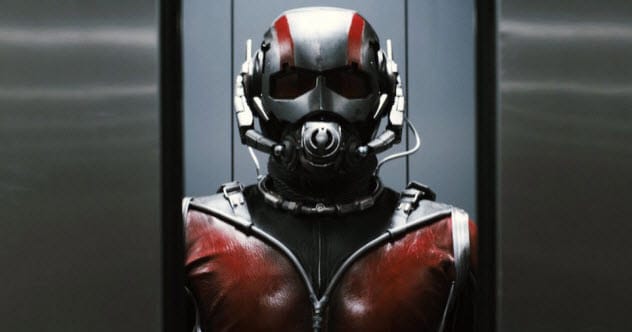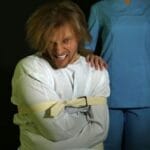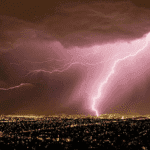Marvel’s Ant-Man movies brought the world’s tiniest hero to the big screen, introducing many to his amazing adventures. While the films showcased two generations of heroes shrinking and growing, there are many astonishing secrets about the character that remain hidden from the average moviegoer. Get ready to explore some of the most surprising and giant-sized facts about Ant-Man that the movies didn’t tell you!
10. Hank Pym’s Hidden Struggles
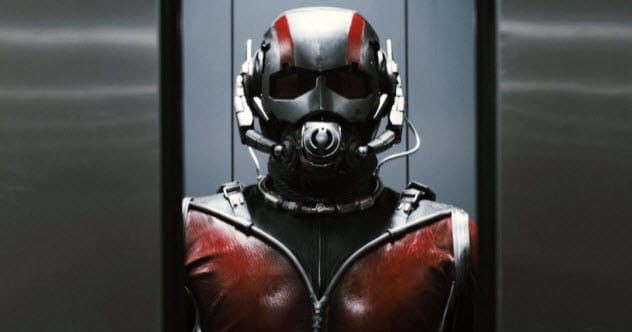
It’s often said that anyone who willingly faces bullets and supervillains in spandex might have a few screws loose. However, for the original Ant-Man, Hank Pym, this isn’t just a casual observation. In the Marvel comics, Hank Pym genuinely grapples with instability. It began in his lab when a mishap with various chemical gases didn’t give him super strength or fur, but rather, a form of schizophrenia. This led to him adopting the persona of Yellowjacket, even claiming to have “killed” Hank Pym. He once kidnapped Janet van Dyne (the Wasp) and proposed marriage; surprisingly, she knew it was Hank and accepted! A supervillain attack later snapped him back to reality, but his mental health issues persisted. He even built a robot to attack his fellow Avengers during a trial concerning his own battlefield negligence. He also contemplated suicide before finding his way back by defeating Kang the Conqueror.
9. The Impact of Size
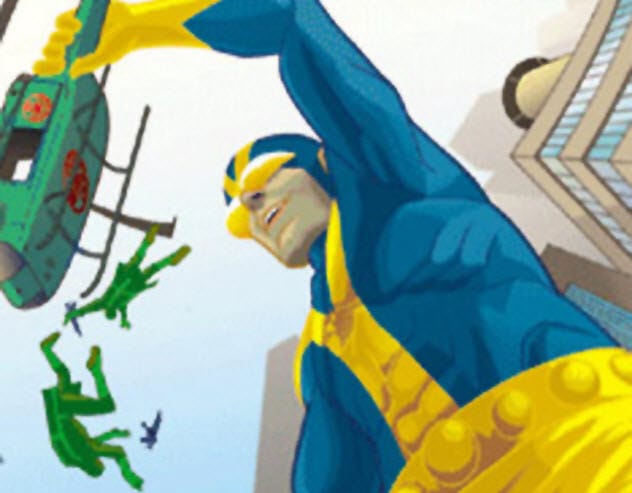
Hank Pym’s journey as a hero is a bit confusing because he’s taken on many identities: Ant-Man, Giant-Man, Yellowjacket, Goliath, and even just “Scientific Adventurer.” Why so many changes? It turns out, size really did matter to him. As a founding member of the Avengers, Ant-Man often felt overshadowed by powerhouses like Thor, Iron Man, and the Hulk. This feeling of inadequacy pushed him to modify his Pym Particles, allowing him to become Giant-Man and literally tower over his teammates. His insecurity wasn’t just about physical size; he felt his early discovery of Pym Particles was his only major scientific achievement, apart from creating Ultron, the villainous robot possibly influenced by Hank’s own unstable mind. His ego took another hit when he compared his scientific work to his wife’s successful fashion career, leading to verbal and, regrettably, physical abuse.
8. Three Different Ant-Men
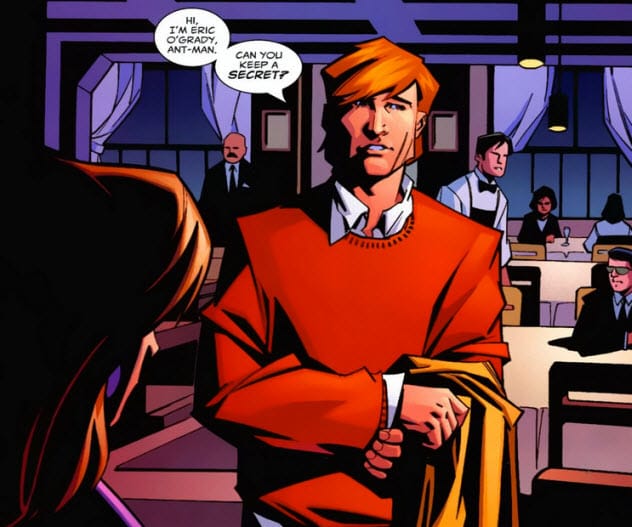
Just like in the movies, the Ant-Man suit and title have been passed down. The original and most well-known is Hank Pym, an original Avenger. The second, Scott Lang, is depicted quite accurately in the films as an expert in electronicsdriven to crime to support his family. He famously broke into Hank’s home, stole the suit, and used it to save his daughter Cassie’s life by thwarting a villain. Impressed by his motives, Hank allowed Scott to keep the suit. The third Ant-Man, Eric O’Grady, had a less honorable start. A low-level S.H.I.E.L.D. agent, he stole Pym’s suit and initially used his shrinking abilities to spy on female heroes. Despite his questionable beginnings, including abandoning his pregnant girlfriend, Eric eventually redeemed himself by sacrificing his life to save a child from villains.
7. Earth’s Scientist Supreme
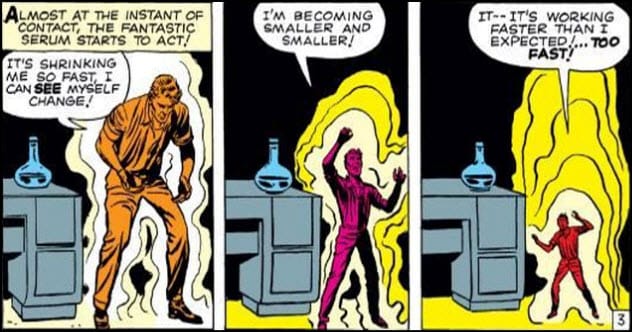
The Marvel universe is packed with brilliant minds like Mr. Fantastic, Iron Man, and Spider-Man, who are as heroic in lab coats as they are in costumes. What sets Ant-Man (Hank Pym) apart is that he was once declared Earth’s greatest scientist by Eternity, a cosmic entity representing the collective consciousness of the universe. Eternity, the embodiment of time itself, chose Hank Pym as Earth’s “Scientist Supreme.” Whether this title was due to his relentless (and sometimes reckless) pursuit of knowledge or his broad scientific skills is debatable. Hank is a true polymath, excelling in physics, cybernetics, robotics, medicine, entomology, optics, and programming. Science remains his constant passion, even when his personal life and superhero career are in turmoil.
6. A Member of the Secretive Illuminati
The idea of the Illuminati, a secret group of powerful individuals shaping world events, is a popular conspiracy theory. In the Marvel comics, this shadowy organization is very real, and surprisingly, it’s composed of heroes! Formed after the Kree-Skrull War, Iron Man initiated the group, believing such conflicts could be avoided if key figures shared information. Not everyone agreed with this secret cabal; Captain America even tried to have them arrested. Ant-Man (Hank Pym) was later recruited to help the Illuminati, particularly when they faced opposition from other heroes while trying to save the world from reality-threatening incursions. Pym played a vital role in identifying the cosmic force behind these incursions, contributing significantly to saving the entire world.
5. His Daughter, a Hero in Her Own Right
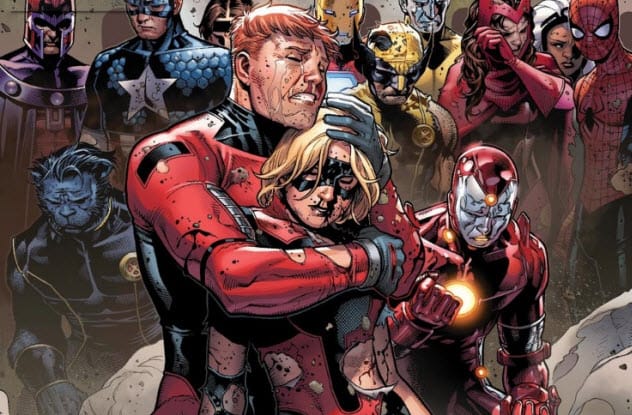
In the Ant-Man movie, Scott Lang’s young daughter, Cassie, is a primary motivation for his heroism. Given that Scott Lang was introduced in the comics in 1979, enough time has passed for little Cassie to grow up and become a superhero herself. Her upbringing was steeped in the superhero world, living with the Fantastic Four and spending time with the Avengers and Tony Stark (whom she called “Uncle”). Cassie secretly exposed herself to Pym Particles for years, hoping to gain powers. Her wish came true when Kang the Conqueror attacked, and she used her newfound ability to grow and shrink to help save the day. She became the hero Stature, partly to honor her father, Scott, who had tragically died. Cassie’s life has been tough: she’s fought evil, traveled through time to save her father, and even died fighting Doctor Doom. Thankfully, a temporarily reformed Doom used reality-warping powers to bring her back to life.
4. Godfather to His Alien Clone’s Son
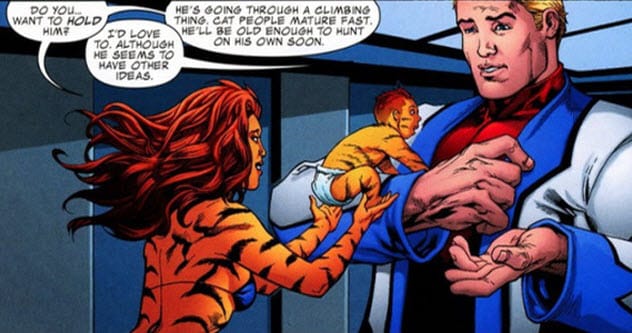
Clones are surprisingly common in Marvel comics, from Life Model Decoys to shape-shifting Skrulls. Hank Pym himself was once replaced by a Skrull clone. This imposter left quite a mark: he fathered a child with the hero Tigra. After a difficult night with his ex-wife, the Wasp, Hank sought solace with an attractive student who turned out to be a Skrull agent. She extracted superhero intel from him before taking him to the Skrull homeworld. When the real Hank Pym eventually returned, he discovered his Skrull duplicate had gotten Tigra pregnant. Because the Skrull was a perfect genetic copy, the child had no alien DNA, creating a bizarre situation where Hank was biologically the child’s father, but not the one who conceived him. Tigra, wary of Hank’s past issues, decided he would only raise the child if something happened to her—making him a sort of emergency backup father.
3. The World Suffers if He Dies
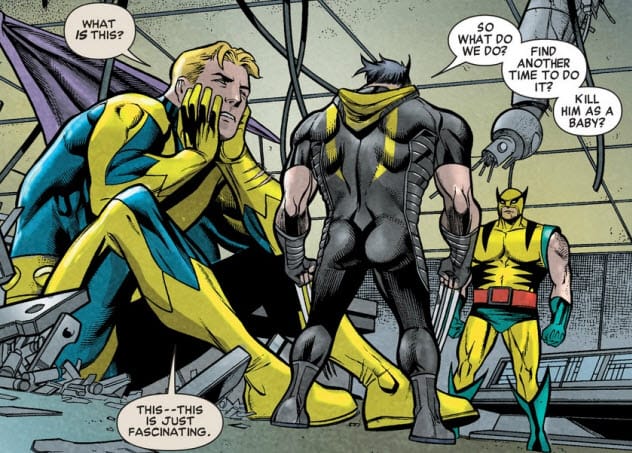
The Marvel comics event Age of Ultron was quite different from the movie of the same name. It involved heroes from a bleak future traveling to the past to prevent their dystopian reality. A key, and strange, element of this story was how Hank Pym’s death—later reversed by more time travel—had catastrophic effects on the entire world. When Wolverine and the Invisible Woman went back in time to kill Pym before he could create Ultron, they returned to a drastically altered future. Doom’s Latveria and Thor’s Asgard were at war, the Avengers had disbanded, and technological progress was so crippled that society couldn’t defend itself against dark magic. Iron Man was a shadow of his former self, ruling over a ruined world. The comics never fully explain why Hank Pym is so pivotal, but his absence clearly leads to global collapse, making him the linchpin holding everything together.
2. A Secret Desire for Destruction?
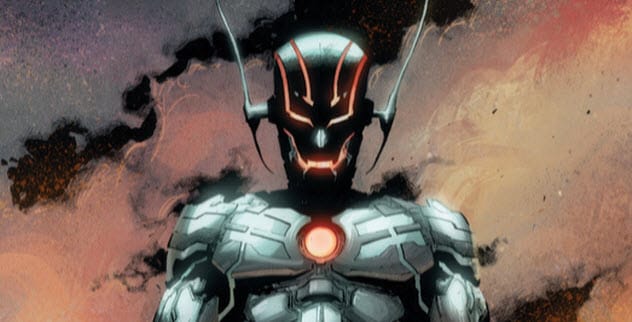
Much like Tony Stark in the Marvel Cinematic Universe, Hank Pym often tries to distance himself from the evil actions of Ultron, claiming the robot was a well-intentioned creation gone wrong. However, the Rage of Ultron comic event paints a darker picture. During a confrontation, Ultron revealed that he had discovered Hank’s own memories within his programming, which significantly shaped his malevolent personality. According to Ultron, these memories contained evidence of Hank’s deep-seated, subconscious hatred for the world. This suggests Ultron’s evil is a manifestation of his creator’s suppressed desires. Before Hank could process this disturbing revelation, he was forcibly merged with Ultron. After the inevitable clash with the Avengers, the fused being escaped into space, leaving many questions about Hank’s true nature.
1. Hopping Between Dimensions
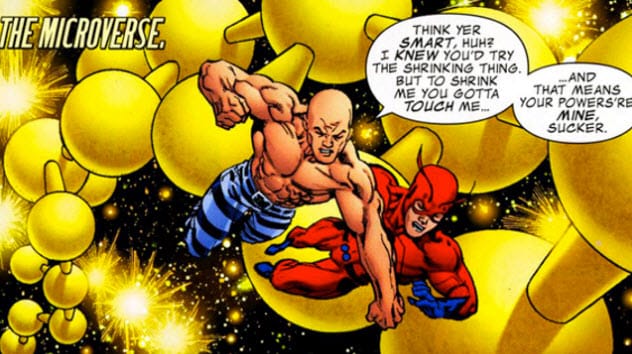
Superhero science can be wonderfully bizarre, and Ant-Man’s powers are no exception. The explanation for his shrinking ability involves shunting his mass into another dimension. How this allows him to retain his full-sized strength when tiny—a key element in the Ant-Man movie’s fight scenes—is never quite detailed. However, a fascinating side effect of this dimension-shunting ability is that it grants Ant-Man access to other planes of existence. The Marvel comics feature several “microverses,” which are precisely what they sound like: tiny, parallel dimensions accessible by shrinking down with Pym Particles. Ant-Man has had numerous adventures in these microverses, including a memorable mission where he saved the Fantastic Four from being sold into slavery to alien lizard people by Doctor Doom. When you’re dealing with sentences like that, the initial scientific confusion doesn’t seem so outlandish!
The world of Ant-Man is far more complex and, at times, darker than many might realize. From personal demons to cosmic responsibilities, Hank Pym and his successors have navigated some truly mind-bending scenarios. These facts only scratch the surface of the incredible depth behind Marvel’s tiniest, and sometimes largest, hero.
What Ant-Man fact surprised you the most? Share your thoughts in the comments below!


